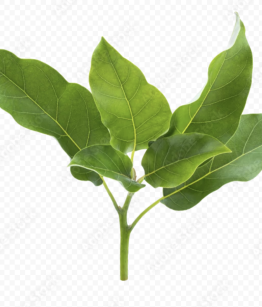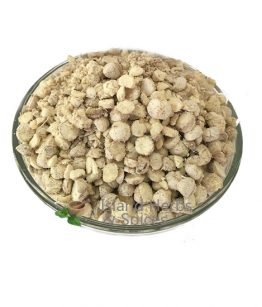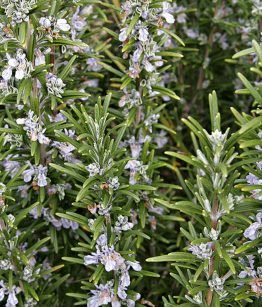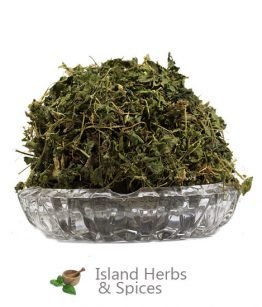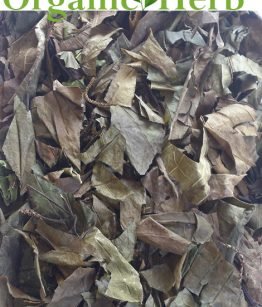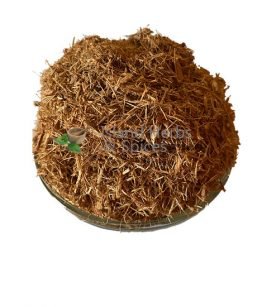Breadnut (Brosimum alicastrum), also known as Maya nut or Ramón, is a significant tree native to the tropical regions of the Americas, including Mexico, Central America, and the Caribbean. This tree plays a crucial role not only in ecological systems but also in cultural and medicinal contexts. Here’s a detailed look at the Breadnut tree, its medicinal uses, potential side effects, and how to use its leaves.
Breadnut Tree Overview
Scientific Name: Brosimum alicastrum
Family: Moraceae (the fig or mulberry family)
Height: Can grow up to 30-40 meters tall.
Leaves: Large, alternate, and have a thick and leathery texture.
Fruits: The tree produces a large, round fruit that contains a sweet, edible pulp and a hard, nut-like seed.
Medicinal Uses
Breadnut leaves and seeds have been traditionally used for a variety of medicinal purposes:
Nutritional Supplement: The seeds are highly nutritious, rich in proteins, vitamins, and minerals, making them an excellent dietary supplement.
Digestive Health: Tea made from Breadnut leaves is believed to aid in digestion and alleviate stomach issues.
Antidiabetic Properties: Some studies suggest that extracts from the leaves may help in managing blood sugar levels, though more research is needed to confirm these effects.
Antibacterial and Antioxidant: The leaves contain compounds with potential antibacterial and antioxidant properties, supporting overall health and preventing infections.
Potential Side Effects
While Breadnut is generally considered safe for most people, there are a few potential side effects to be aware of:
Allergic Reactions: As with any plant-based product, some individuals may experience allergic reactions, including skin rashes or respiratory issues.
Interaction with Medications: If you are on medication, especially for diabetes, it’s crucial to consult a healthcare professional before incorporating Breadnut leaves into your diet or health regimen, due to its potential blood sugar-lowering effects.
How to Use Breadnut Leaves
Breadnut leaves can be used in several ways, both for culinary and medicinal purposes:
Tea: The most common use is to make tea. Dry leaves can be steeped in hot water for about 10 minutes. You can drink this tea once or twice daily.
Topical Application: For skin ailments, a paste made from crushed leaves can be applied directly to the affected area.
Culinary Uses: While less common than the seeds, young Breadnut leaves can be cooked and eaten as greens.
Conclusion
Breadnut (Brosimum alicastrum) is a valuable tree with a range of uses, from nutritional supplements to medicinal applications. While it offers several health benefits, it’s essential to use it responsibly and be mindful of potential side effects. As with any herbal remedy, consulting with a healthcare professional before making significant changes to your health regimen is advisable.



